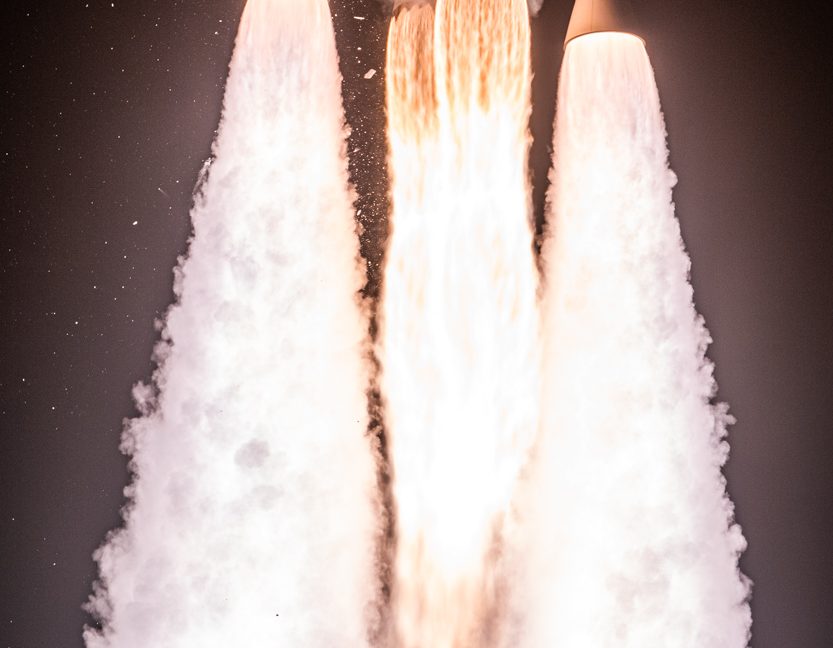Right on schedule Friday morning, an Atlas V rocket launched the Starliner spacecraft into a planned suborbital trajectory. This is a critical mission for NASA and Boeing, as the company seeks to use this test flight to prove its capsule's readiness to launch humans into space next year.
After being released by the rocket, Starliner was supposed to use its Orbital Maneuvering and Attitude Control engines to provide the thrust needed to reach a stable orbit and begin the process of catching up to the International Space Station. But that did not happen.
During a post-launch news conference, NASA Administrator Jim Bridenstine explained that the mission elapsed timing system had an error in it, with the net effect that the spacecraft thought it was performing an orbital insertion burn, when in fact it was not. The on-board computer then expended a significant amount of propellant to maintain a precise attitude, thinking it had reached orbit.
"Today, a lot of things went right," Bridenstine said. "But we did not get the orbital insertion burn we were hoping for."
When ground-based controllers realized the problem, they immediately sent a command to begin the orbital insertion burn, but due to a communications problem—which could have been a gap in coverage of NASA's Tracking and Data Relay Satellite System or some spacecraft error—those commands were not received right away by Starliner. So it continued to expend fuel to maintain a precise attitude.
By the time the commands got through, Starliner had expended too much fuel to make a safe rendezvous and docking with the International Space Station, the primary goal of this test flight.
Boeing's senior vice president of space and launch, Jim Chilton, said the flight control team then put the spacecraft into an orbit so that it can safely return to Earth, for a landing beneath parachutes in New Mexico on Sunday. Although it is possible that the mission, originally planned for seven days, will be extended a day or two, the baseline plan is now to return Sunday morning.


